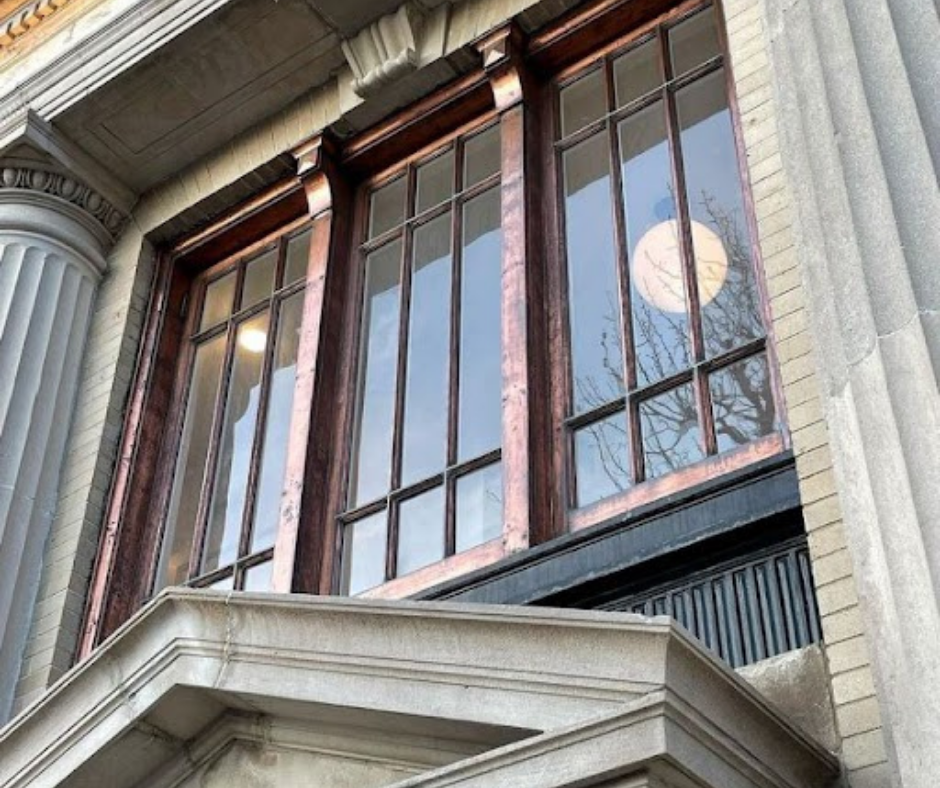Did you know copper is one of the best building materials?
In regards to durability, cost effectiveness, health benefits and sustainability, it’s hard to find a better option than copper.
Durability:
Due to the metal developing a protective patina as it undergoes its natural oxidization process, copper is more durable as it resists corrosion over time. With this, it has become one of the most preferred metals for builders; roofing, siding, windows, doors, flashing, gutters, leaders and piping.
In addition to avoiding corrosion, copper is one of the more durable building materials because of its density. While sheet metal generally provides better coverage for more roof types and better water resistance, copper is less dense than lead which makes it easier to support structurally. It also has a greater tensile strength than most other materials, which makes it easier to install on steeply pitched roofs, such as domes (hence the number of older historical buildings with copper domes/roofs). Copper also has a much higher melting point than most other materials, giving it a greater fire resistance.
Cost Effectiveness:
While the initial price often makes it seem like a premium material, copper’s durability, ease of maintenance and salvage value makes it one of the more cost effective options, considerably cheaper than lead, slate and handmade clay tiles. In addition, recent technology and growing interest in building with copper, has made the material more cost-effective as contractors are now more familiar with using copper in mechanized seaming, prefabrication and other cost-saving techniques.
Health Benefits:
Healthcare Acquired Infections (HAIs) are a growing problem worldwide. However, building with copper and using copper surfaces for hospital fixtures could help reduce HAIs. Prior research has shown antimicrobial copper surfaces can kill up to 83% of the bacteria that causes HAIs and can also eliminate drug-resistant strains.
Sustainability:
As mentioned before, copper is more durable, requires less maintenance or replacement and is recyclable. It’s longevity lessens the need to use new materials, preventing waste and decreasing the energy required for constant maintenance. Since it is also a very reusable product, copper has minimal impact on natural resources. It is the standard for environmentally sound wiring, plumbing and is an important component of high-performing technologies, allowing it to have a positive impact on energy efficiency.




